DECARBONIZATION
Enabling Smaller, Smarter Busbar Designs that Support Higher Power Densities
Overview
Busbars are an essential component in virtually all electrical power distribution systems, used to conduct and distribute power within electrical systems for a wide range of industries. In recent years, there have been several key innovation trends in busbar technology, particularly regarding the automotive and electric vehicle (EV) market, including EV charging infrastructures. This article looks at the trends that are driving new busbar innovations across the spectrum of e-Mobility applications, along with a focus on some specific use cases.
Driving Forces Behind the Need for Better Busbars
As the markets for consumer EVs, commercial EVs, e-bikes, and associated charging infrastructures continue to grow at an unprecedented rate, the variety of power applications is proliferating at a similar rapid pace.
As EVs have gone mainstream, the need for extended driving range and faster charging is accelerating a continued evolution to higher power drivetrains, such as moving beyond 400v to 800v systems. Doubling the voltage can enable a reduction of up to 50% using higher charging outputs. Even though the majority of EVs in today’s market are 400v, industry projects indicate that over 90% of EVs will be 800v in 2027-2030.
As EVs have gone mainstream, the need for extended driving range and faster charging is accelerating a continued evolution to higher power drivetrains, such as moving beyond 400v to 800v systems. Doubling the voltage can enable a reduction of up to 50% using higher charging outputs. Even though the majority of EVs in today’s market are 400v, industry projects indicate that over 90% of EVs will be 800v in 2027-2030.
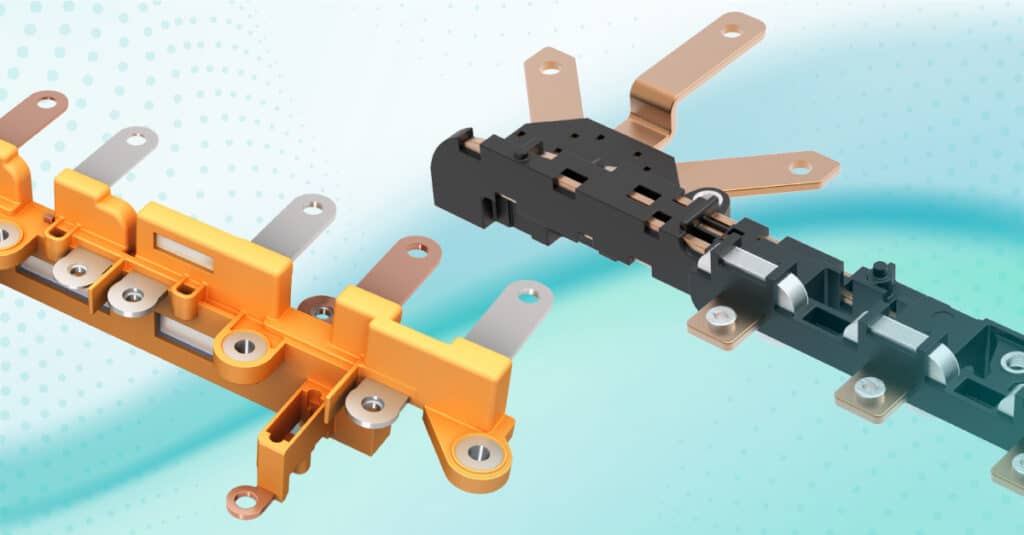
Figure 1 – Busbars can handle increasing power densities without adding size and weight
In addition, the continued electrification of all on-board sub-systems, such as servo-motor controlled functions, infotainment applications, driver assist and autonomous driving, is requiring an expanding range of highly customizable and configurable busbar technologies.
Some of the key impact areas specific to busbar design include:
Some of the key impact areas specific to busbar design include:
- HIGH POWER DENSITY: With the increasing demand for higher power in electric vehicles, busbars with high power density need to handle a larger current flow in a smaller cross-sectional area, thereby also reducing the size and weight of the components.
- FLEXIBILITY: Busbar technologies need to be more flexible to conform to complex shapes and spaces. This flexibility allows busbars to be integrated into smaller and more intricate designs for electric vehicles, on-board sub-systems, and charging infrastructures.
- INCREASED EFFICIENCY: Innovations in busbar technology are also focused on improving the efficiency of electrical systems by reducing the resistance and heat generation during power transmission. Lower resistance means less power loss during transmission, which ultimately increases overall efficiency.
- IMPROVED THERMAL MANAGEMENT: Heat generation during power transmission can lead to a reduction in the lifespan of electrical components. Therefore, busbar technology is being developed to improve thermal management, allowing for better heat dissipation and reduced risk of component failure.
- INTEGRATION WITH SMART TECHNOLOGY: Smart technology integration into busbars enable real-time monitoring of electrical systems, making it easier to detect and diagnose potential problems before they become serious issues. This technology can also improve the safety of electric vehicle charging infrastructures by monitoring the temperature, current, and voltage of the charging process.
Specific Use Cases of Busbar Innovation in Action
The following sections provide a more specific focus on some of the key enabling technologies for innovative new busbar designs and deployment.
BusMate® Pluggable Busbar Connectors

BusMate®’s pluggable Floating Contact Technology can accommodate large assembly tolerances of +/- 0.8mm mating blade offset and up to +/- 16 degrees of twist. In addition, BusMate® can handle a range of insertion depths and accommodate up to three re-mating cycles with no loss of performance.
Motion Control Sub-Systems
Some of the key use cases for BusMate® are in automotive motion control assemblies, including Electronic Power Steering (EPS) and other motor integration requirements. BusMate®’s compact size and small PCB footprint enable a variety of applications-specific configuration scenarios, such as using separate BusMate® connectors for each phase in a multi-phase motor design (as shown below).

Figure 3 – BusMate® connections for multi-phase motor integration
EV Charging Systems
BusMate® is also being used to support charging innovations such as fast charging and two-way smart charging systems. As charging applications become more complex and overall power densities increase, the ability to integrate a variety of functions and minimize size while improving power efficiency will be critical for sustainable mobility success.
By enabling a variety of power interconnect scenarios including PCB-to-PCB, AC, DC, fuses, transformers and more, BusMate® is helping designers create new compact, high-performance systems for both on-vehicle and charging infrastructures

Figure 4 – BusMate® for power applications
Power Converters, Inverters and Distribution
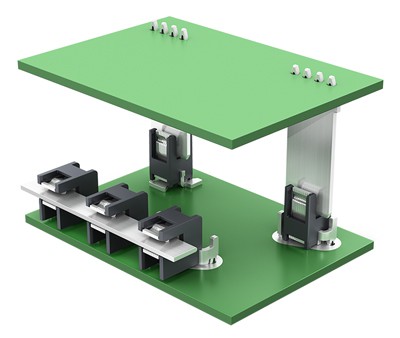
As power systems and modules in the automotive industry become more complex and power densities increase, the need to integrate a variety of functions and minimize size while improving power efficiency will be critical for success. Robust and configurable BusMate® power busbar coupling device provide key interface points that are vital to deliver the needed performance and also to streamline production processes for reducing costs and enabling rapid production ramp-up to high volumes with high yields.
Motor Stator Busbars
Innovative new advanced busbar technologies for motor stators are enabling designers to quickly optimize traction motors for current flow, form factors, thermal performance, faster assembly, and overall lower cost of deployment.
Motor stator busbars are designed to accommodate hairpin windings typically used in advanced higher voltage motor stators and to provide a range of flexible multi-phase connections. They handle a full range of high-voltage current requirements and use high-performance copper integrated with special polymer materials for optimal dielectric isolation and improved thermal characteristics.
Options include multi-phase stator bars to handle 3-phase or 6-phase application requirements, along with interconnect options for brazing, pluggable, laser welding or bolt-on.
Motor stator busbars are designed to accommodate hairpin windings typically used in advanced higher voltage motor stators and to provide a range of flexible multi-phase connections. They handle a full range of high-voltage current requirements and use high-performance copper integrated with special polymer materials for optimal dielectric isolation and improved thermal characteristics.
Options include multi-phase stator bars to handle 3-phase or 6-phase application requirements, along with interconnect options for brazing, pluggable, laser welding or bolt-on.
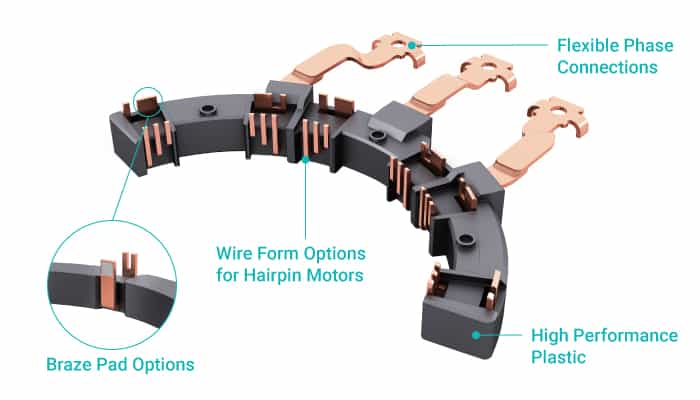
Figure 6 – High-voltage high current motor stator busbar improves electrical conductivity and reduces the size and weight of a motor by eliminating complex cable connection
Complex Multilayer Molded Busbars
In some cases, designers may need to take a holistic approach to busbars by creating specialized custom configurations to fit seamlessly within overall powertrain systems. In working with a wide range of complex busbar applications for different customers, Interplex has developed a disciplined process that addresses key factors such as optimizing materials and designs to minimize thermal and physical stress factors, improve electrical and dielectric performance, and streamline assembly processes.
A key objective is to achieve the best balance between materials cost and functionality to meet the varying application requirements. Another best practice pioneered by Interplex is the use of a precision material filling process that sequences the use of valve gates to reduce welding lines while improving unidirectional fiber orientation, minimizing warpage, and improving dimensional accuracy.
A key objective is to achieve the best balance between materials cost and functionality to meet the varying application requirements. Another best practice pioneered by Interplex is the use of a precision material filling process that sequences the use of valve gates to reduce welding lines while improving unidirectional fiber orientation, minimizing warpage, and improving dimensional accuracy.
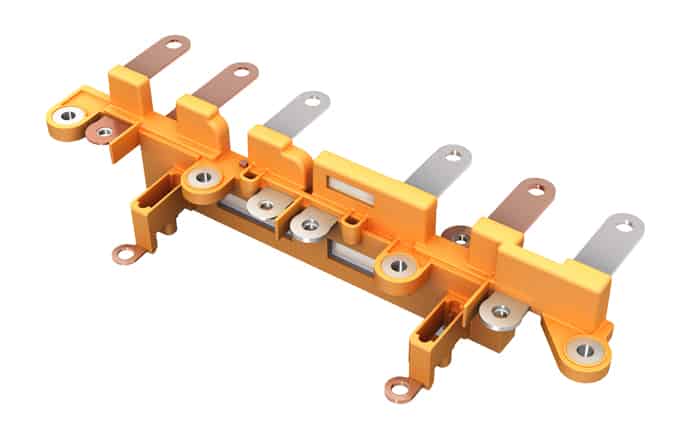
Figure 7 – Complex custom busbar design improves electrical performance while minimizing thermal stress
Variations on the custom busbar approach also include flexible designs. Flexible busbars are made out of layers of copper foils which are tightly attached to mounting areas, using a process called diffusion welding. While the ends are rigid to enable connections, the middle of the busbar is kept flexible. Flexible busbars are just as customizable as their counterparts, but their greater flexibility means that they can fit in small, tight, or curved spaces without compromising mounting strength. Their flexibility also means that these busbars provide greater shock and vibration absorption.
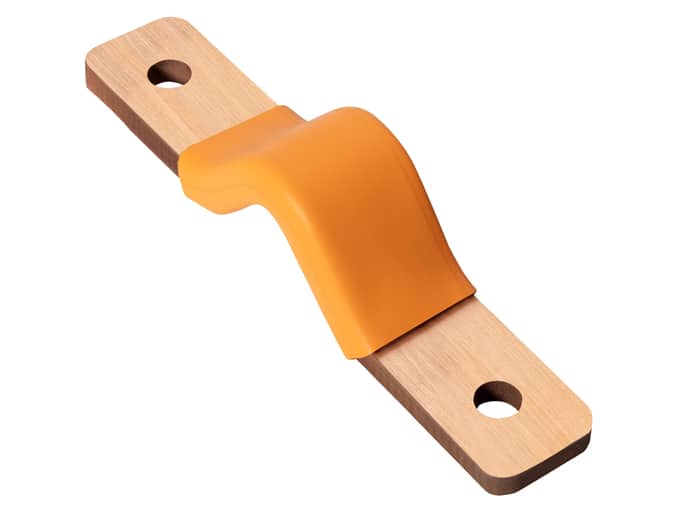
Figure 8 – Flexible busbars are ideal for applications requiring vibration, thermal expansion, and assembly tolerance
Summary
In summary, the key innovation trends in busbar technology described in this article are focused on increasing power density, flexibility, efficiency, thermal management, smart technology integration, and standardization. These new busbar technologies will ultimately help to improve the performance and safety of electric vehicles and charging infrastructures. Paying careful attention to these system level busbar integration factors will help improve performance while reducing weight, size, cost and assembly steps.
In addition to being vital enabling technologies for the ongoing evolution of EVs and other sustainable transportation applications, such as trains, marine vessels and aircraft, these new busbar innovations are also being deployed across a wide range of different industry segments such as electrical utilities, green energy generation, communications, industrial controls, and other power management functions.
In addition to being vital enabling technologies for the ongoing evolution of EVs and other sustainable transportation applications, such as trains, marine vessels and aircraft, these new busbar innovations are also being deployed across a wide range of different industry segments such as electrical utilities, green energy generation, communications, industrial controls, and other power management functions.




